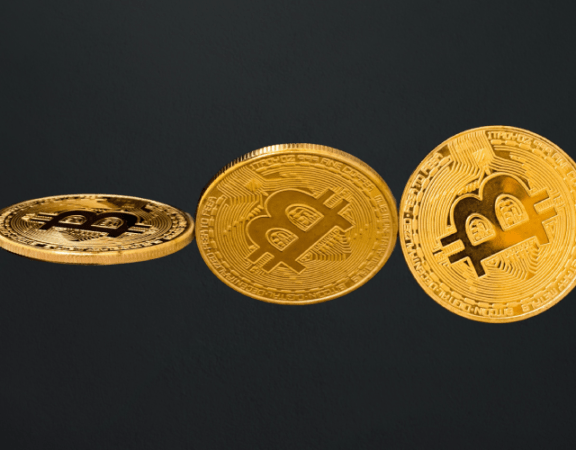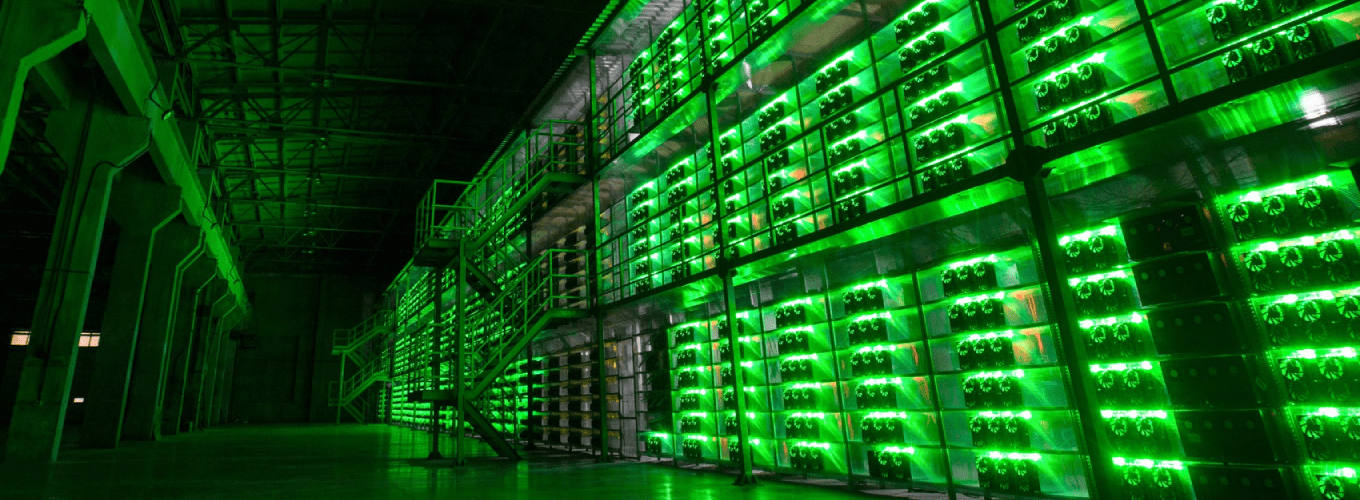

What is Cryptocurrency Mining?
As the name implies, digital tokens are not printable currencies like money as we know it nowadays. Digital tokens exist in the cloud and transactions are virtual. So how are these coins created? What does it mean to mine cryptocurrencies?
What is Cryptocurrency Mining?
Cryptocurrency mining, or cryptomining, is a process in which transactions for various forms of cryptocurrency are verified and added to the blockchain digital ledger.
In more detail, in cryptocurrency mining the miner uses the processing power of his computer to solve complex mathematical equations and earn digital money. In the word cryptocurrency, “crypto” refers to the code that needs to be solved to earn this digital money. Once the problem has been resolved, it is added to the public list of transactions called the blockchain. In return, miners are rewarded with cryptocurrencies.
The process of mining is also responsible for introducing new coins into the existing circulating supply and is one of the key elements that allow cryptocurrencies to work as a peer-to-peer decentralized network, without the need for a third party central authority.
Bitcoin is the most popular and well-established example of a mineable cryptocurrency and we should highlight that not all cryptocurrencies are mineable.
What is a Mining pool?
Mining pools are groups of miners who combine their resources and hashing power to mine more coins. All of the profit generated from mining is then distributed to all members of the pool.
Mining pools are a great opportunity for individual miners to work with others and compete more effectively against large mining enterprises that have more resources than any one individual.
What is Cloud Mining?
With Cloud Mining, the miner signs a contract with a cloud miner (like ECOS or Genesis Mining), and gets a mining infrastructure lended.
This way the miner doesn’t have to care for the hardware, software, and maintenance hiccups. The miner pays a periodic fee and mines the coin of his/her choice based on the availability at the cloud miner.
How does Crypto Mining work?
Let’s go further and understand step by step how users can mint crypto:
-
Verification of legitimacy
A miner is a node in the network that collects transactions and organizes them into blocks. A cryptocurrency blockchain is built upon transactions. Whenever transactions are made, all network nodes receive them and verify their validity.
-
Formation of blocks
The next step is to bundle all transactions into a list. Then, this list is added to a new, unconfirmed block of data. The miner nodes gather these transactions from the memory pool and begin assembling them into a block (candidate block).
By adding the transaction to the blockchain, it prevents “double spending” of any cryptocurrencies by keeping a permanent, public record. The record is immutable, meaning it can never be manipulated or altered.
-
Additional data to the unconfirmed block
Once enough transactions are added to the block, additional info is added as well. This includes the header data and hash from the previous block in the chain and a new hash for the new block. What happens here is that the header of the most recent block and a nonce are combined to generate the new hash. This hash gets added to the unconfirmed block and will then need to be verified by a miner node.
In this case, let’s say you’re just lucky enough to be the one to solve it. You send a shout-out to all of the other miners to say that you’ve done it and to have them verify it.
-
Miners verify the block’s hash
It’s time for other miners in the network check the veracity of the unconfirmed block by checking the hash.
-
Confirmation and publication in the blockchain
On the crypto miner’s side of things, the proof of work (PoW) is now complete. The PoW is the time-consuming process of solving the hash and proving to others that you’ve legitimately done so.

Is Cryptocurrency Mining sustainable?
The crypto mining space is constantly changing as new technologies emerge. The professional miners who receive the best rewards are constantly optimizing their mining strategies to improve their performance.
However, climate change advocates have become increasingly concerned, as more and more fossil fuels are burned to fuel the mining process.
A recent report from Bloomberg estimates the machines that mine Bitcoin located around the world consume about as much power as all of Bangladesh, a country of more than 160 million people. The Cambridge Bitcoin Electricity Consumption Index estimates cryptocurrency uses more energy than entire nations like Sweden and Malaysia.
On the other hand, the nonprofit group Blockchain for Climate is however advocating for the technology to help connect the world’s national carbon accounts to trade carbon-emissions reductions. There are also more environmentally friendly cryptocurrency alternatives, including SolarCoin (SLR), Cardano (ADA), BitGreen (BITG), Nano, and Hedera Hashgraph.
Will these emerging practices compensate for the sustainability crisis we are going through?


